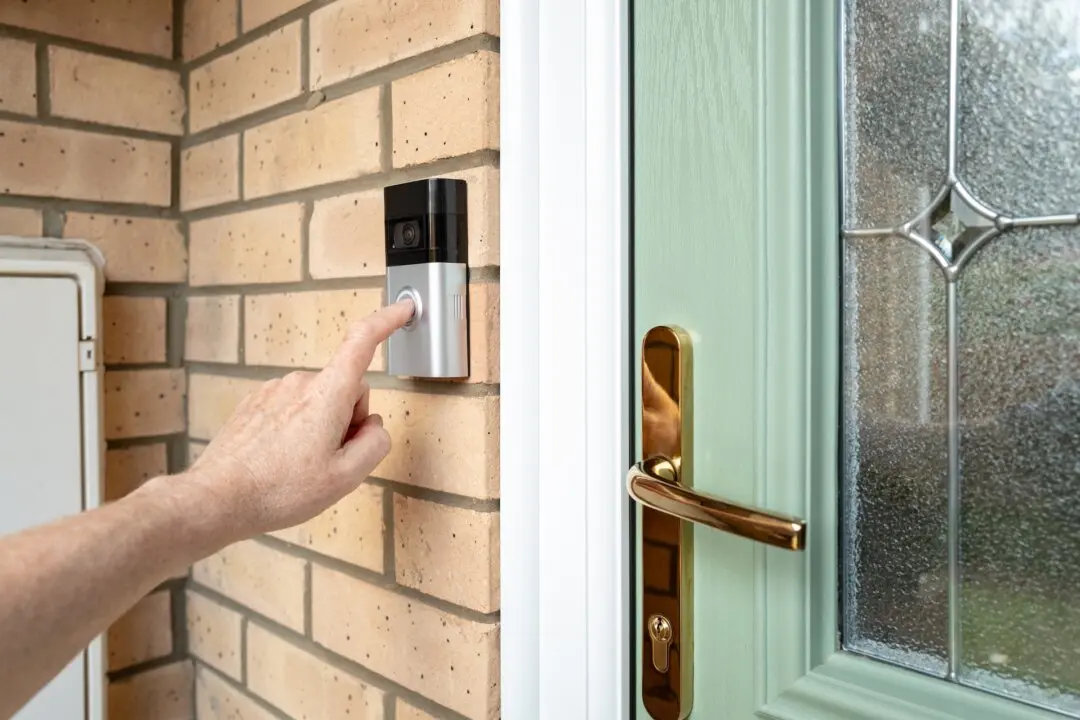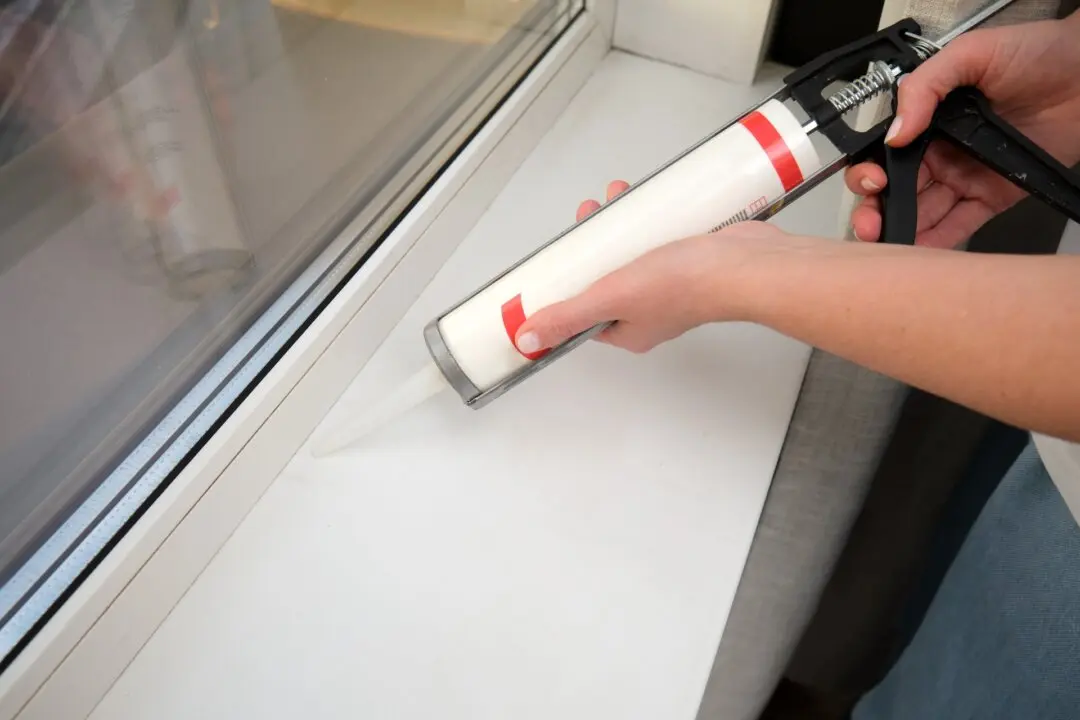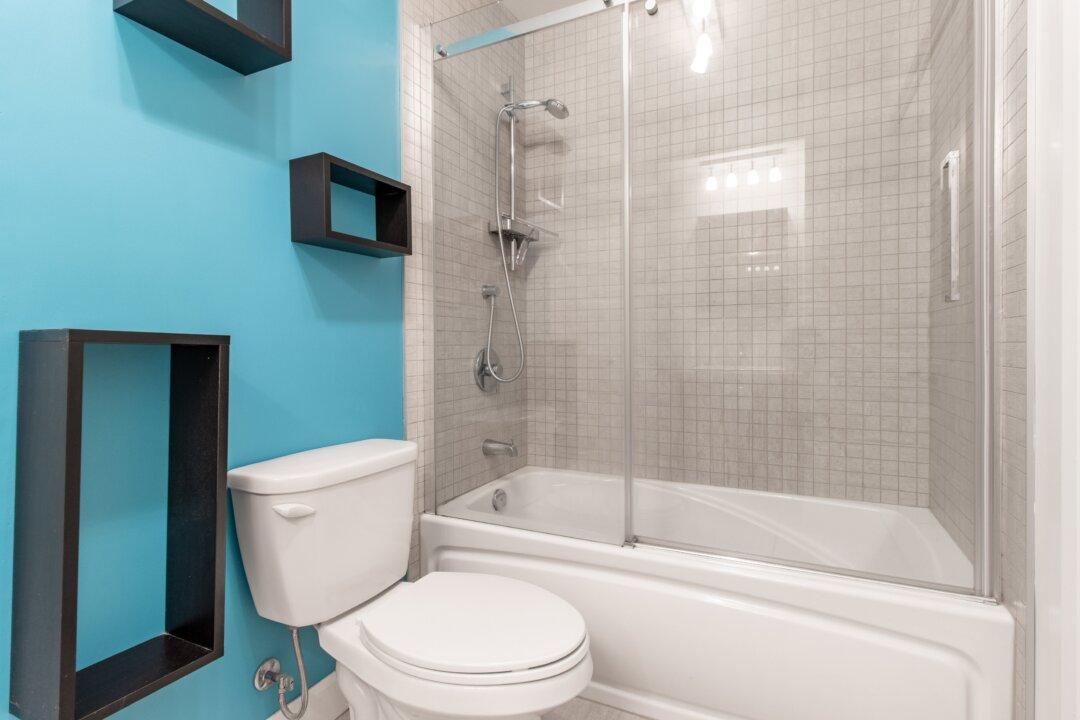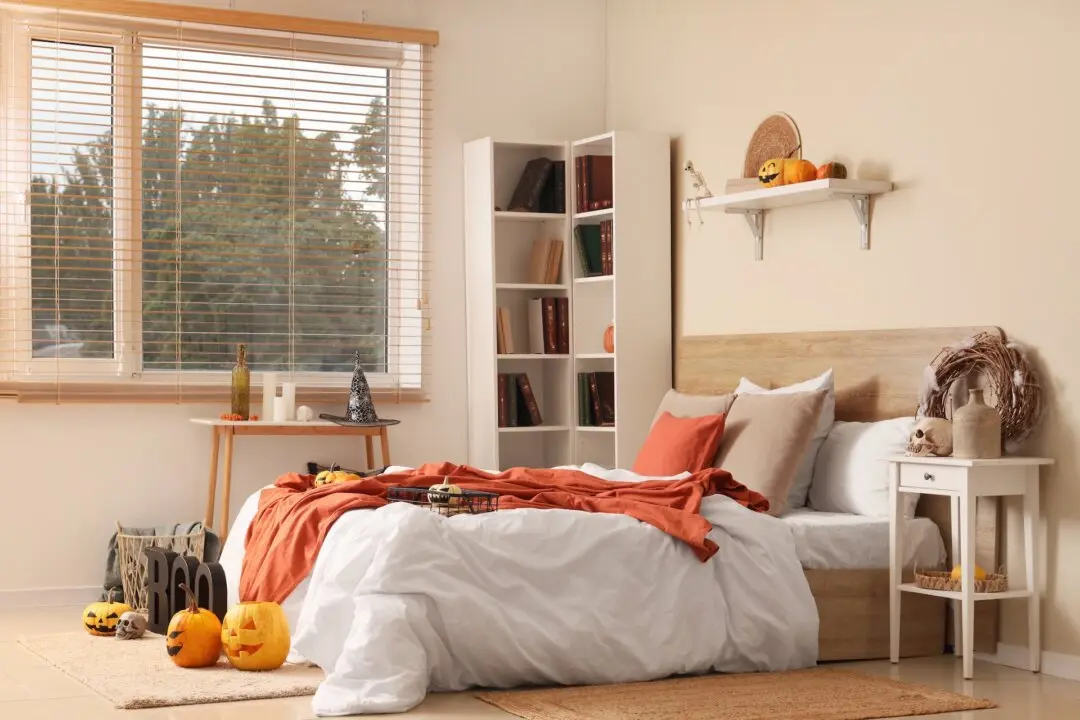Dear James: We remodeled our kitchen, but we love our stained wood cabinets and some need new doors. How can we match the color and edge detail on the new doors with the old ones? —Ted G.
Dear Ted: The detailing and stained natural wood on some older cabinet doors is very attractive. Not replacing them can create a unique kitchen decor.





